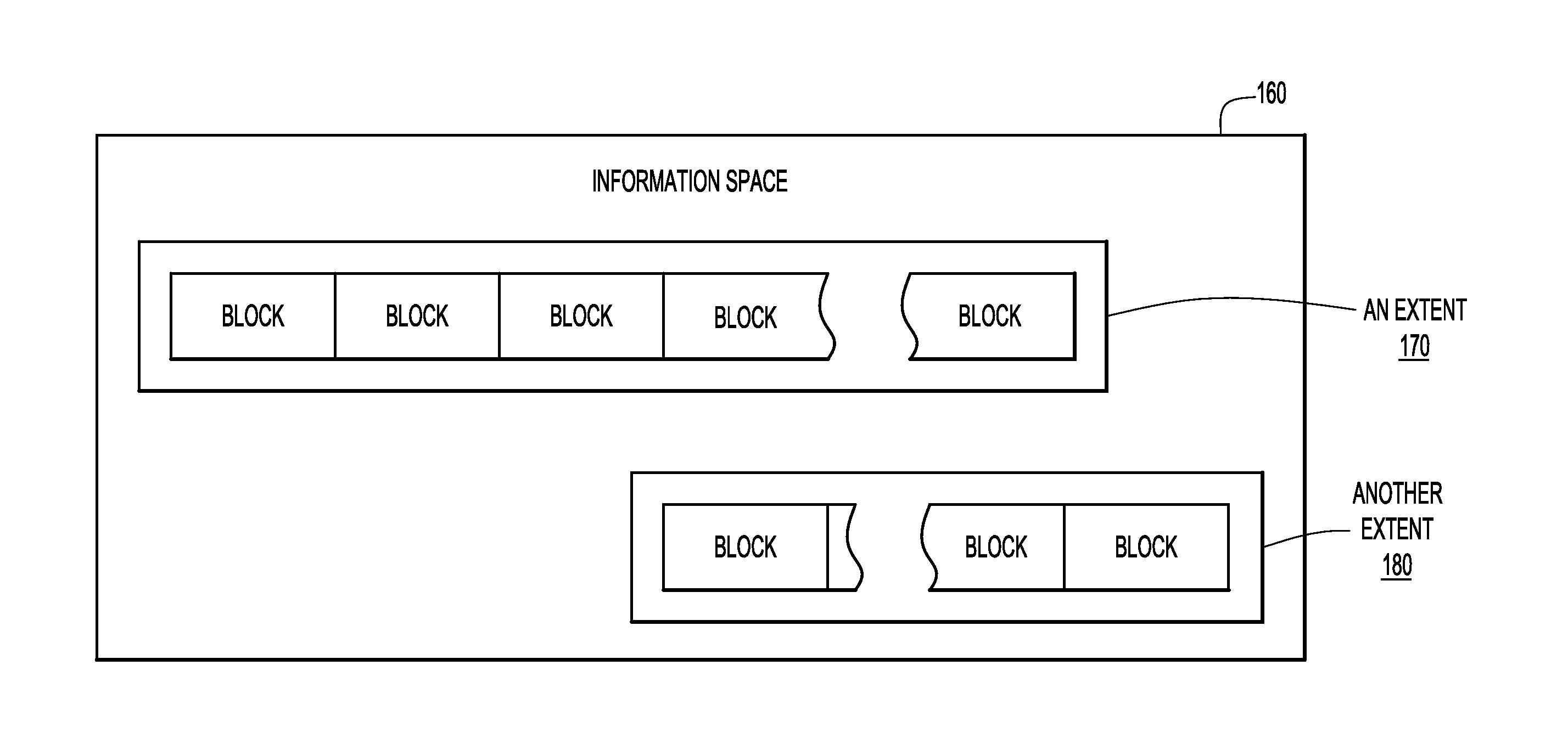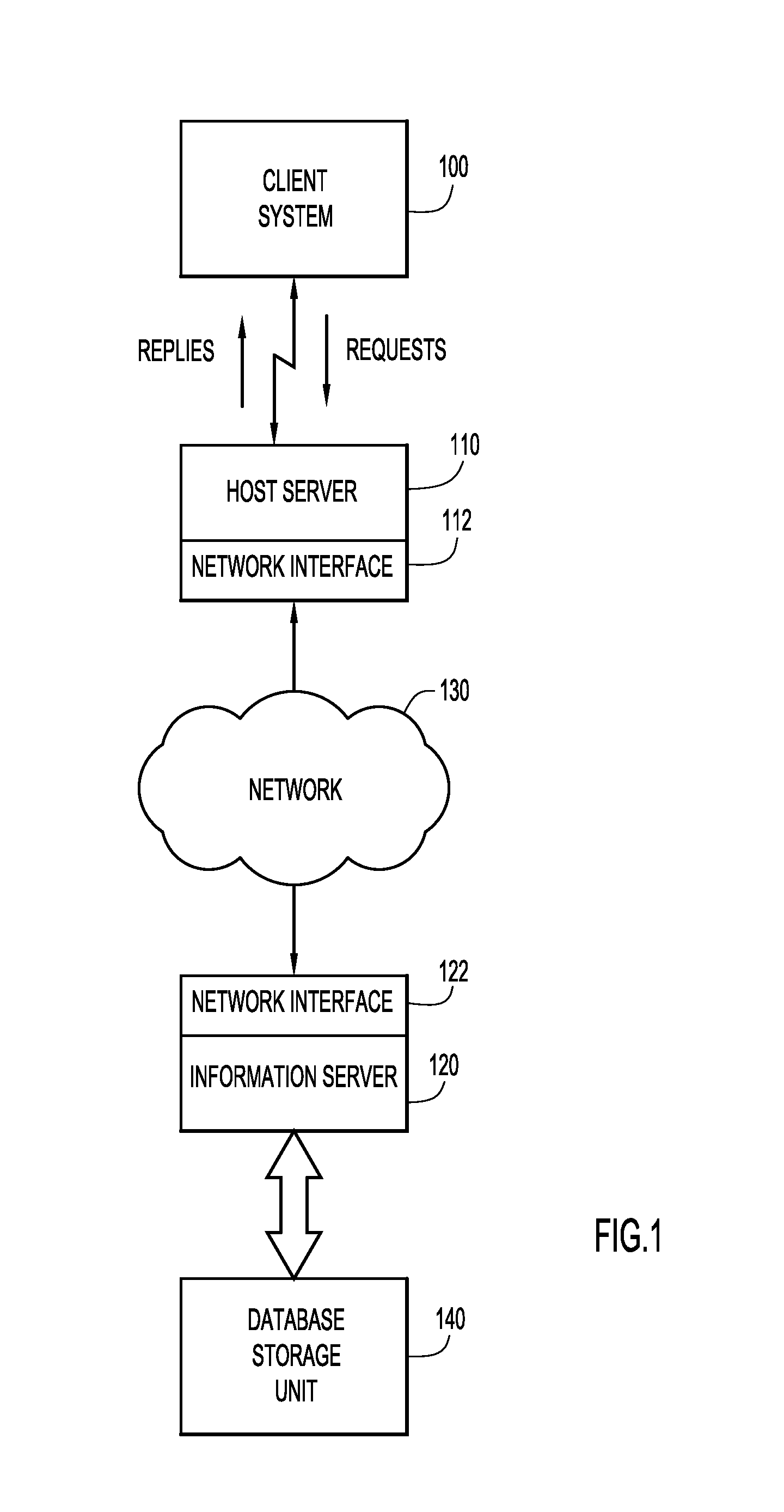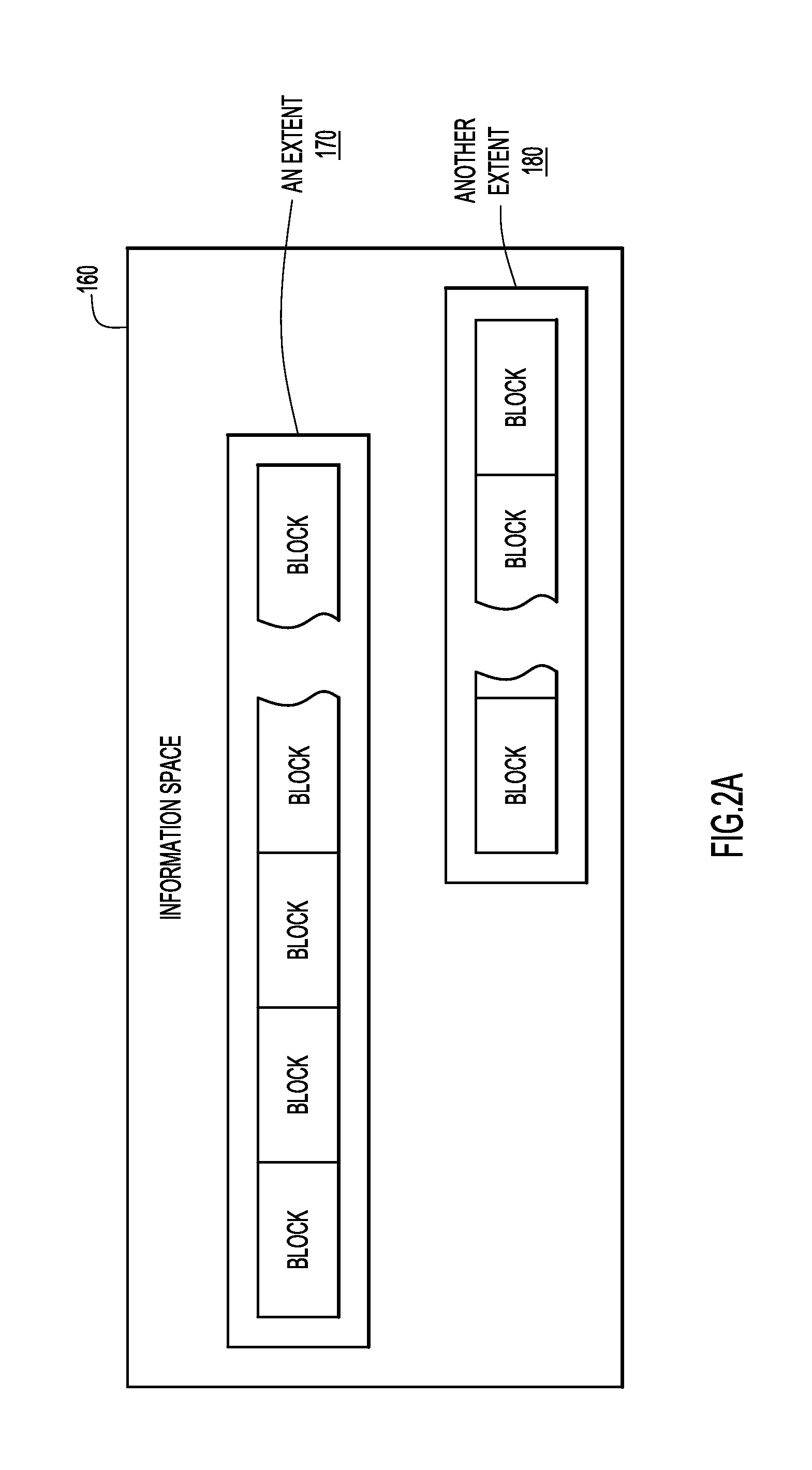Early exit from table scans of loosely ordered and/or grouped relations using nearly ordered maps
a technology of loosely ordered and/or grouped relations and table scans, applied in multi-dimensional databases, web data retrieval, instruments, etc., can solve the problems of increasing computational workload, poor latency, and information stored in a large database table that is typically not maintained in sorted form
- Summary
- Abstract
- Description
- Claims
- Application Information
AI Technical Summary
Benefits of technology
Problems solved by technology
Method used
Image
Examples
Embodiment Construction
[0015]Data warehouse queries may frequently sort and limit a set of result values to a subset of result values. Typical methods include scanning large data tables to find results in response to a query, sorting and / or aggregating the results, and discarding all but, e.g., a set of top-N results, where N is any integer, e.g., 50.
[0016]When a large table is stored on disk, it may be large enough or fragmented enough that it becomes time consuming to move the disk head to many different disk regions to search the large table. Metadata corresponding to a region of storage may be used to characterize table data contained within the region of storage. For example, a first interval value may represent a minimum data value for each column, for each range of rows, and a second interval value may represent a maximum data value for each column, for each range of rows. Both the first and second interval values represent types of metadata that may be determined for various regions of storage, an...
PUM
 Login to View More
Login to View More Abstract
Description
Claims
Application Information
 Login to View More
Login to View More - R&D
- Intellectual Property
- Life Sciences
- Materials
- Tech Scout
- Unparalleled Data Quality
- Higher Quality Content
- 60% Fewer Hallucinations
Browse by: Latest US Patents, China's latest patents, Technical Efficacy Thesaurus, Application Domain, Technology Topic, Popular Technical Reports.
© 2025 PatSnap. All rights reserved.Legal|Privacy policy|Modern Slavery Act Transparency Statement|Sitemap|About US| Contact US: help@patsnap.com



